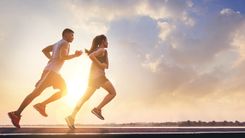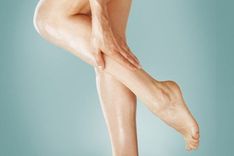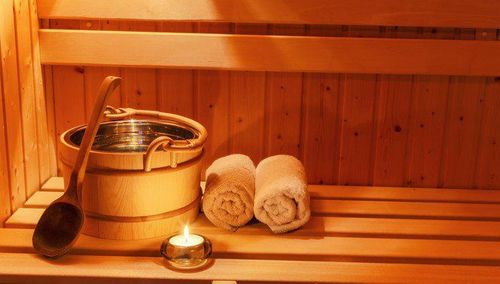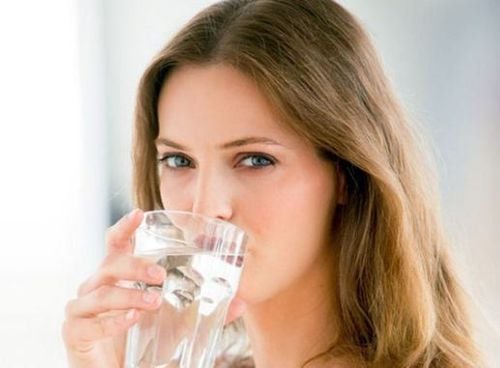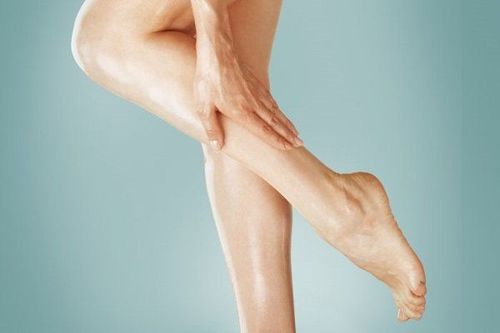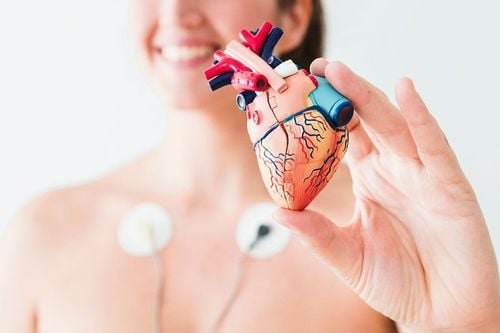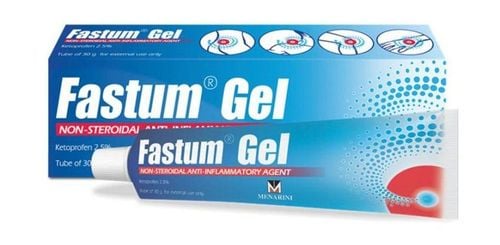Bowed legs, a structural condition of the lower limbs, can affect the aesthetic appearance of the body. For fixed bowleg deformities caused by bone positioning, surgery is the only option. However, if the condition stems from tight hip muscles, targeted exercises can help engage the muscles and guide the knees back to their proper alignment, improving leg rotation and gradually correcting the appearance of the legs.
1. Overview
Bowed legs (Genu varum) refer to a condition where the knees curve outward when standing upright. This can either develop during childhood or progress over time.
Signs of bowed legs include:
- Legs curving outward in an arch-like shape. The head, hips, and ankles remain aligned, but the knees deviate outward, creating a noticeable gap.
- Knee displacement and slight external rotation of the leg bones, causing outward knee positioning.
Potential drawbacks of bowed legs:
- Increased risk of Achilles tendonitis, meniscal tears, and arthritis.
- Knee pain, especially in adulthood.
- Impaired balance, particularly during lateral movements.
- Changes in hip and ankle mechanics.
- Supination or Underpronation during walking or running.
- Elevated risk of joint issues with certain exercises.
People with bowed legs can still exercise, but they should prioritize low-impact and moderate-intensity workouts to avoid exacerbating knee problems in the future.
To achieve the best results, focus on keeping your legs and knees in alignment during workouts. This method, known as Integrative Neuromuscular Training, can help you gradually improve lower limb alignment while strengthening the hips and legs.
2. Suggested Exercises for Bowed Legs
Here are four exercises designed to address bowleg deformities:
2.1. Foam Roller Toe Touch
Using a foam roller between the knees while reaching for your toes can activate muscles that pull the knees inward, making it an effective exercise for bowed legs.
How to perform:
- Place a foam roller or rolled-up towel between your knees, with your feet spaced 8–10 cm apart.
- Squeeze the roller between your knees, keep your knees straight, and bend forward as far as possible, reaching for your toes.
- Return to a standing position and raise your arms overhead. Repeat the movement 10 times.
2.2. Toes-In Squat
This squat variation emphasizes the inner thigh muscles, which help draw the knees toward the center.
How to perform:
- Stand with your feet 20 cm apart.
- Rotate your feet inward until the big toes touch.
- Lower into a squat as far as possible, extending your arms forward to maintain balance.
- It is normal to experience limited range of motion during this exercise.
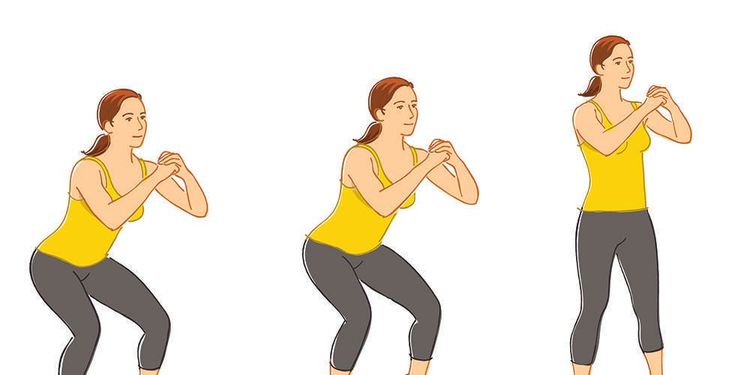
2.3. Side-Lying Hip Internal Rotation
This movement targets muscles responsible for rotating the leg and aligning the knees forward. These muscle groups are essential yet often underutilized.
How to perform:
- Lie on your side with your legs stacked and knees bent at a 90-degree angle.
- Ensure your body forms a straight line from your head to your knees, with your legs bent behind you.
- Keeping your knees together, lift the top foot toward the ceiling and slowly lower it back down.
- Perform 10 repetitions on each side. For added resistance, use a small resistance band around your thighs.
2.4. Figure Four Stretch
This stretch relaxes the gluteal muscles, helping the hips guide the knees slightly inward.
How to perform:
- Lie on your back with knees bent and feet flat on the floor.
- Lift your right leg and cross your right ankle over your left knee.
- Thread your right hand through the space between your legs and clasp it with your left hand around the front of your left shin.
- Lean back and gently pull your left knee toward your chest to stretch the right glute.
- Hold for 30 seconds, then switch sides.
2.5. Balance-improving Exercises
Research indicates that individuals with bowed legs often experience mild balance impairments. Incorporating balance exercises into your routine can be beneficial. Suggestions include:
- Single-leg standing.
- Tandem standing (heel-to-toe stance).
- Training with a BOSU balance trainer.
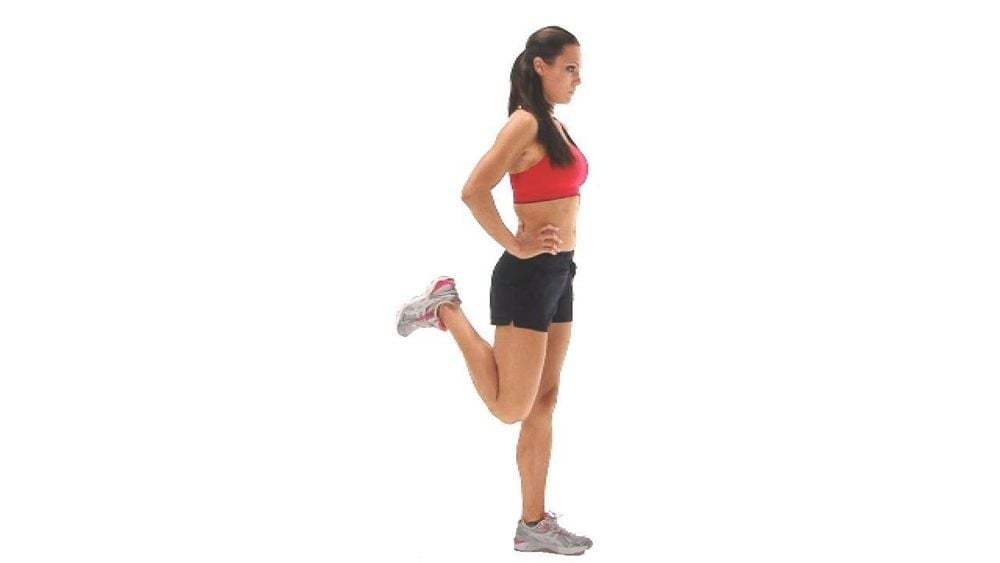
3. Additional Tips
Low-impact or non-weight-bearing exercises are better suited to protect the knees, as attempts to forcibly realign the legs may cause knee pain or increase the risk of joint disorders.
If you experience shin discomfort, choose non-impact activities such as cycling or swimming as alternatives. Flexibility and balance exercises like yoga, tai chi, and Pilates can also be beneficial for bowleg correction.
- Recommended exercises: Swimming, cycling, rowing, yoga, Pilates, tai chi.
- Exercises to avoid: Running, soccer, aerobics, basketball, tennis, volleyball.
4. Conclusion
If you have bowed legs, maintaining a healthy lifestyle and performing targeted exercises can gradually improve leg alignment. Focus on stretching the lower limbs, strengthening the hips and legs, and enhancing balance. However, if exercise alone cannot correct the deformity, surgical options may need to be considered. Lastly, if knee pain hinders your workouts, switch to gentler exercises or non-impact alternatives. Consulting a physician or physical therapist can help tailor an appropriate exercise regimen for your legs.
Please dial HOTLINE for more information or register for an appointment HERE. Download MyVinmec app to make appointments faster and to manage your bookings easily.

